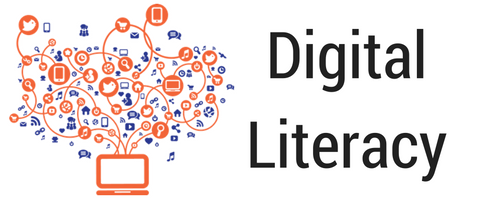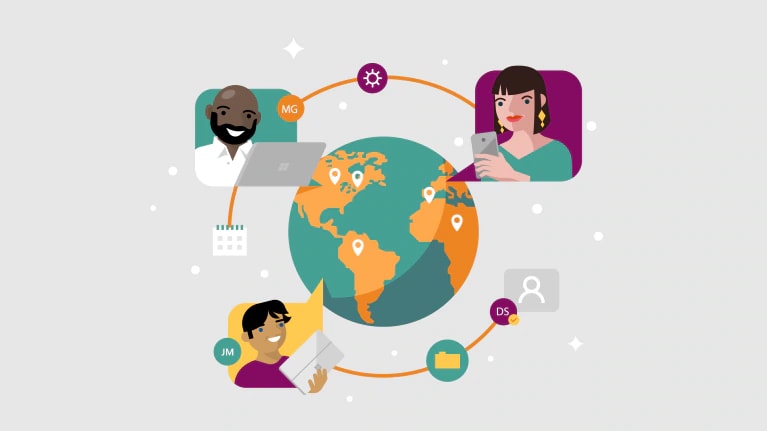Back to: COMPUTER SCIENCE JSS3
Welcome to Class !!
We are eager to have you join us !!
In today’s Computer Science class, We will be discussing Digital Literacy. We hope you enjoy the class!

The term digital describes electronic technology that generates stores and processes data in terms of two states which is either positive or negative, 0 or 1.
However, literacy is the ability to read and write or the ability to use language to read, write, listen and speak.
Digital literacy is a term that refers to someone’s ability to understand, organize, locate, analyze, and evaluate information by using digital forms of technology. It includes writing papers, creating multimedia presentations, and posting information about yourself or others. It is also the awareness, attitude and ability of individuals to appropriately use digital tools and facilities to identify access, manage, integrate, evaluate, analyze and synthesize digital resources.
DEFINITION: Digital literacy is the ability to use information and communication technologies to find, evaluate, create and communicate information.
It involves the use of digital devices such as smartphones, tablets, laptops and desktop PCs for the purpose of communication, expression, collaboration and advocacy.
It was initially focused on digital skills and use of a computer but has been shifted to using network devices including internet and social media.

EVALUATION
- Define digital literacy.
- Differentiate between digital literacy and digital illiteracy.
However, digital literacy is distinct from computer literacy and digital skills.
- Computer literacy refers to knowledge and skills in using computers such as desktop PCs and laptops. It focuses on practical skills in using software application packages.
- Digital skills are limited to practical abilities in using digital divides such as laptops and smartphones.
- Digital literacy is a combination of the two terms of computer literacy and digital literacy.
CHARACTERISTICS OF DIGITAL LITERACY
- Ability to use digital tools to identify, manage and access, evaluate, integrate and analyze digital resources.
- Ability to use information responsibly.
- Development of analytical skills, critical thinking skills, writing and communication skills.
- Digital literacy provides the technical fluency skills needed to engage with computers and the internet.
GENERAL EVALUATION
- Differentiate between digital literacy and computer literacy.
- List TWO characteristics of digital literacy.
- Define digital literacy.
- Who are digital literates?
READING ASSIGNMENT: A HANDBOOK ON COMPUTER STUDIES PAGE 8
WEEKEND ASSIGNMENT
- …………… describes the knowledge and skills in using computers such as desktop PCs and laptops. A. Digital literacy B. Computer Literacy C. Digital skills D. Digital divide
- ……………….. literacy is the ability to use information and communication technologies to find, evaluate, create and communicate information. . A. Digital literacy B. Computer Literacy C. Digital skills D. Digital divide
- One of these options is a characteristic of digital literacy. A. development of analytical skills. B. increasing social life C. meeting new people D. none
- One’s ability to understand, organize, locate, analyze, and evaluate information by using digital forms of technology. A. Digital divide B. digital literacy C. digital skills D. None
- …………….is limited to practical abilities in using digital devices such as laptops and smartphones. A. Digital skill B. Digital literacy C. Digital divide D. None
THEORY
- Define digital literacy.
- Mention THREE characteristics of digital literacy.
We have come to the end of this class. We do hope you enjoyed the class?
Should you have any further question, feel free to ask in the comment section below and trust us to respond as soon as possible.
In our next class, we will continue our lesson on Digital Literacy. We are very much eager to meet you there.
